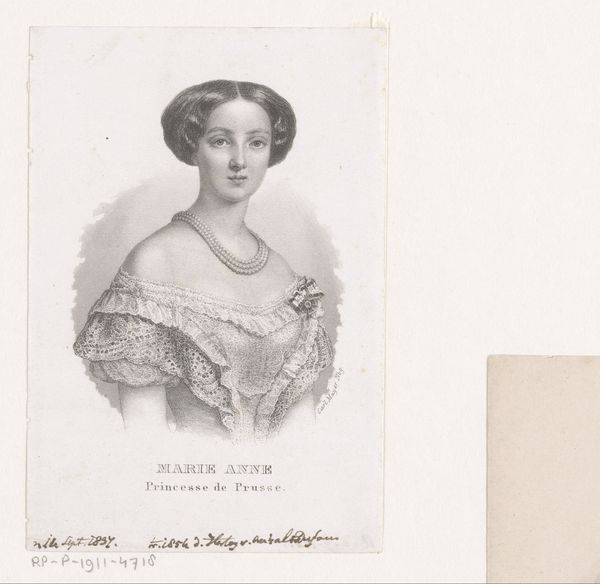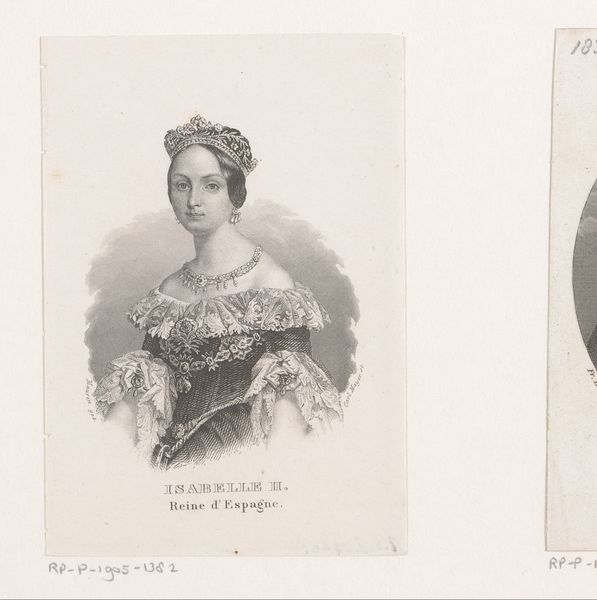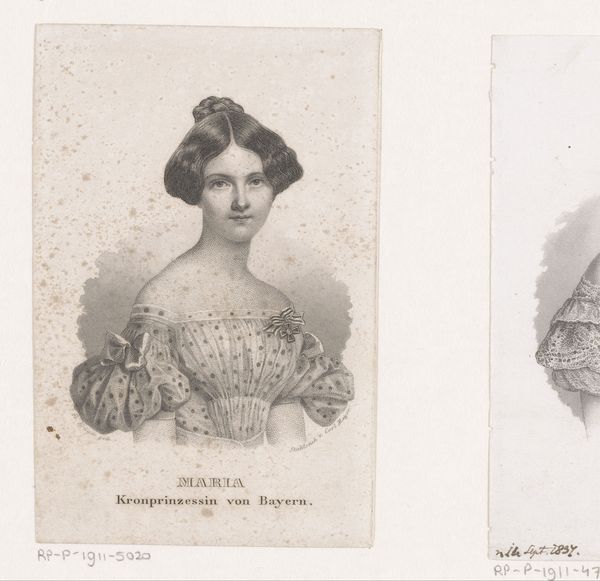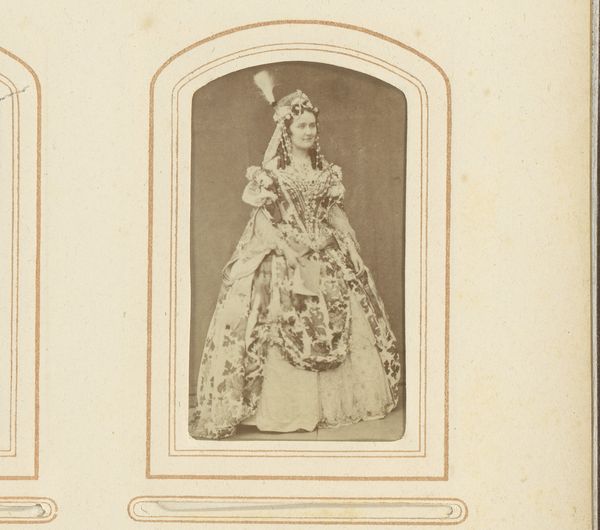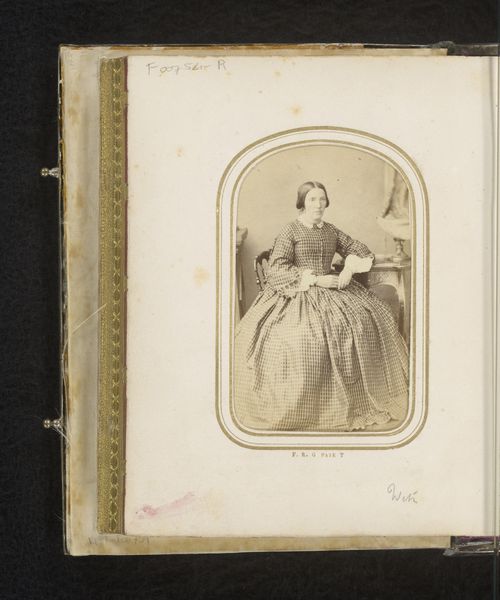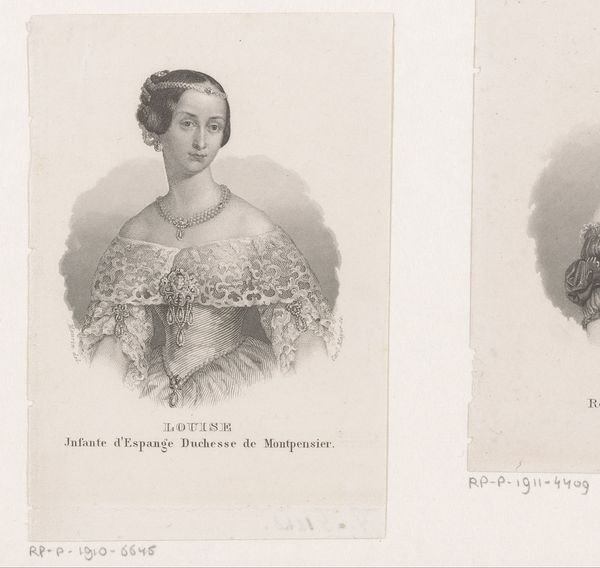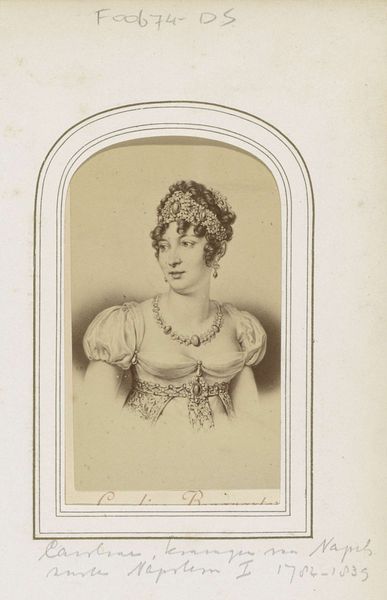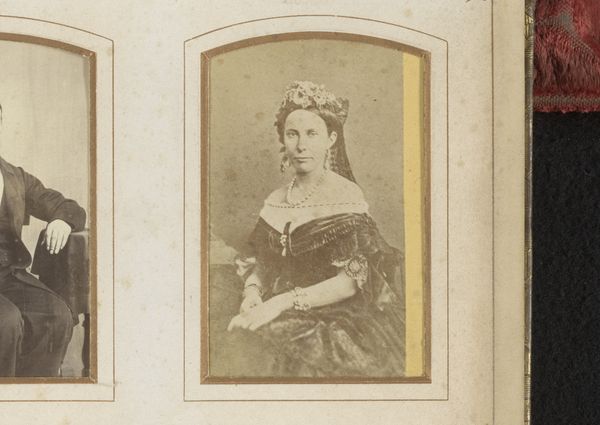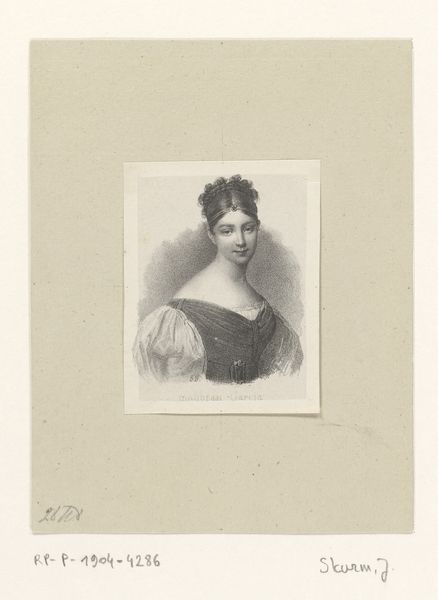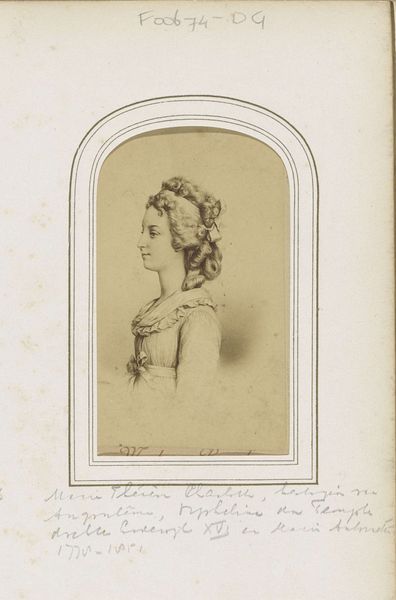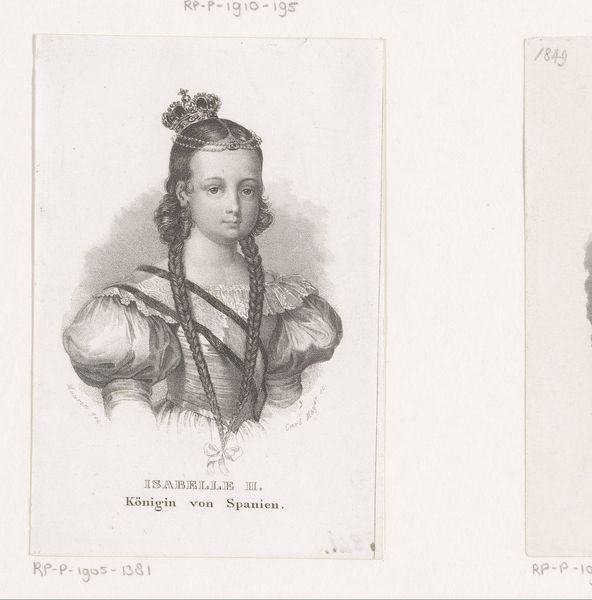
Portret van Maria Christina van Savoye, koningin der Beide Siciliën 1812 - 1868
0:00
0:00
carlmayer
Rijksmuseum
print, engraving
#
portrait
#
neoclacissism
# print
#
figuration
#
line
#
history-painting
#
academic-art
#
engraving
#
realism
Dimensions: height 107 mm, width 72 mm
Copyright: Rijks Museum: Open Domain
Editor: So, this is Carl Mayer’s "Portret van Maria Christina van Savoye, koningin der Beide Siciliën," dating from 1812 to 1868. It’s an engraving, a print, and something about its formality and fine detail feels very proper. What do you see in this portrait beyond a simple representation of royalty? Curator: This piece, while seemingly a straightforward depiction, is deeply embedded in the power dynamics of its time. Mayer's work showcases Maria Christina, but also subtly reinforces the patriarchal structures inherent in 19th-century European society. How does her presentation—the adornments, the posture—contribute to or perhaps challenge those power dynamics, or reinforce expectations of femininity and royal authority? Editor: Well, the jewelry, the lace… it’s all incredibly opulent and signifies wealth and status. But her expression seems rather… reserved, almost melancholic. Curator: Exactly. Consider the socio-political context. Maria Christina was a figurehead in a turbulent time. Neoclassicism, though seemingly focused on order, often masked underlying social anxieties. Her 'reserved' expression might reflect not only personal feelings, but also the limited agency afforded to women, particularly royal women, in shaping their own destinies and political influence. It's a constructed image, performing its own role. Does the "realism" you mentioned earlier mask an agenda? Editor: That’s fascinating. So, it’s less about an individual and more about representing an ideal of queenship within a certain era. Curator: Precisely! This engraving functions as a powerful form of visual propaganda. Analyzing how gender, class, and power intersect in this image provides insight into the values and expectations of the period. Considering the print medium as a mode of wider distribution complicates it further; how might this affect the construction of a ‘queen’ within a household? Editor: I hadn’t thought about it that way. I initially saw it as just a portrait, but it is much more complex than I imagined. Thanks, that’s been really insightful. Curator: My pleasure. It's through these dialogues that we can reveal art’s broader cultural impact.
Comments
No comments
Be the first to comment and join the conversation on the ultimate creative platform.
